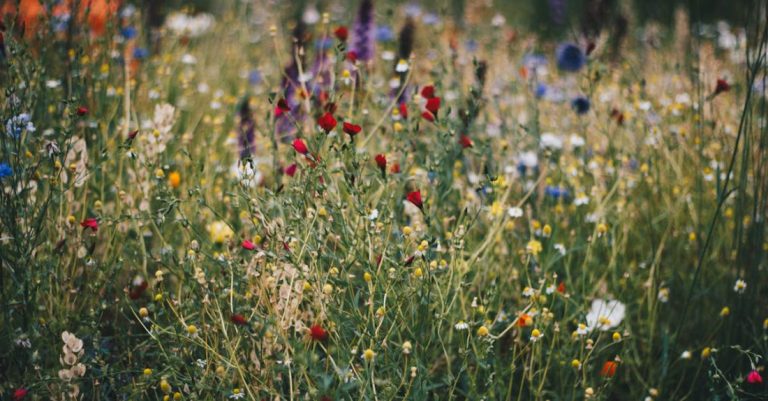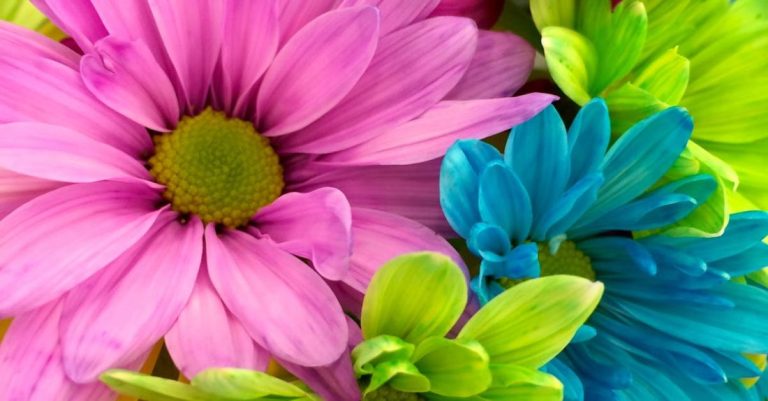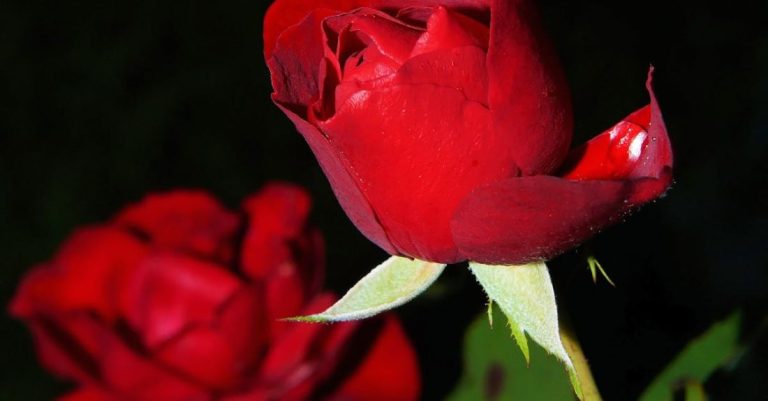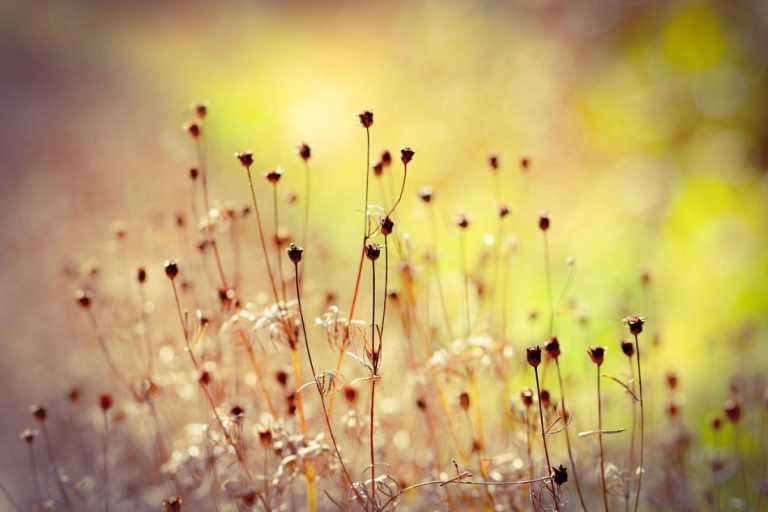
Transforming your outdoor space into a butterfly haven not only adds a touch of natural beauty but also supports these delicate creatures in their lifecycle. Creating a butterfly garden is a rewarding and relatively simple process that can be enjoyed by gardeners of all skill levels. By incorporating specific elements and plants, you can attract a variety of butterfly species to your garden and provide them with the resources they need to thrive. Here’s how you can create a vibrant and inviting butterfly garden in your own backyard.
Selecting the Right Location
Choosing the perfect location for your butterfly garden is the first step towards creating a thriving habitat for these colorful insects. Butterflies are cold-blooded creatures that rely on sunlight to regulate their body temperature, so it is essential to pick a spot that receives at least six hours of sunlight per day. Ideally, your butterfly garden should be situated in an area that is sheltered from strong winds to protect the delicate wings of these flying visitors.
Creating a Welcoming Environment
Butterflies are attracted to vibrant colors, so incorporating a variety of colorful flowers in your garden is key to drawing them in. Opt for nectar-rich plants such as butterfly bush, zinnias, coneflowers, and milkweed to provide a food source for adult butterflies. Additionally, including host plants like parsley, dill, and fennel will cater to the needs of butterfly larvae, also known as caterpillars. By offering a diverse range of plants, you can support butterflies at every stage of their lifecycle.
Providing Shelter and Water Sources
In addition to food sources, butterflies also require shelter and water to thrive in your garden. Providing a shallow dish filled with water and pebbles gives butterflies a place to drink and rest, while also acting as a breeding ground for certain species. Adding a few flat stones or basking spots in sunny areas allows butterflies to warm their wings and bask in the sunlight. Creating varied heights and textures in your garden with trees, shrubs, and flowers provides butterflies with places to seek refuge from predators and harsh weather conditions.
Avoiding Chemicals and Pesticides
To ensure the health and safety of the butterflies in your garden, it is crucial to avoid using chemical pesticides and herbicides. These harmful substances can not only harm butterflies directly but also deplete their food sources and disrupt their delicate lifecycle. Instead, opt for natural pest control methods such as handpicking pests, using insecticidal soaps, or introducing beneficial insects like ladybugs and lacewings to keep pest populations in check. By maintaining a chemical-free environment, you can create a sustainable and biodiverse habitat for butterflies to thrive.
Maintaining Your Butterfly Garden
Once your butterfly garden is established, regular maintenance is essential to keep it healthy and attractive to these winged visitors. Deadheading flowers, removing weeds, and pruning plants are tasks that should be done regularly to ensure a continuous bloom of flowers and a tidy appearance. Monitoring for signs of pests or diseases and taking prompt action to address any issues will help protect the overall health of your garden and the butterflies that rely on it.
Embracing the Beauty of Nature
Creating a butterfly garden is a fulfilling way to connect with nature and support the delicate ecosystem that surrounds us. By taking the time to select the right plants, provide essential resources, and maintain a welcoming environment, you can enjoy the beauty of butterflies in your own backyard. Watching these graceful creatures flutter among the flowers and bask in the sun is a joy that enriches both the garden and the gardener. So, roll up your sleeves, grab your gardening tools, and embark on the journey of creating a butterfly garden that will bring color, life, and wonder to your outdoor space.





